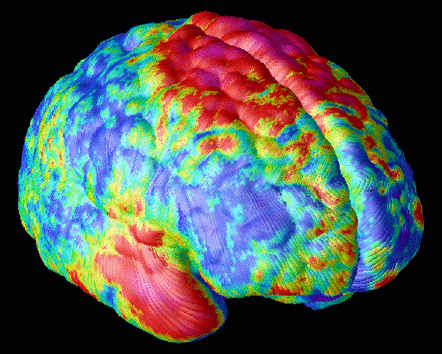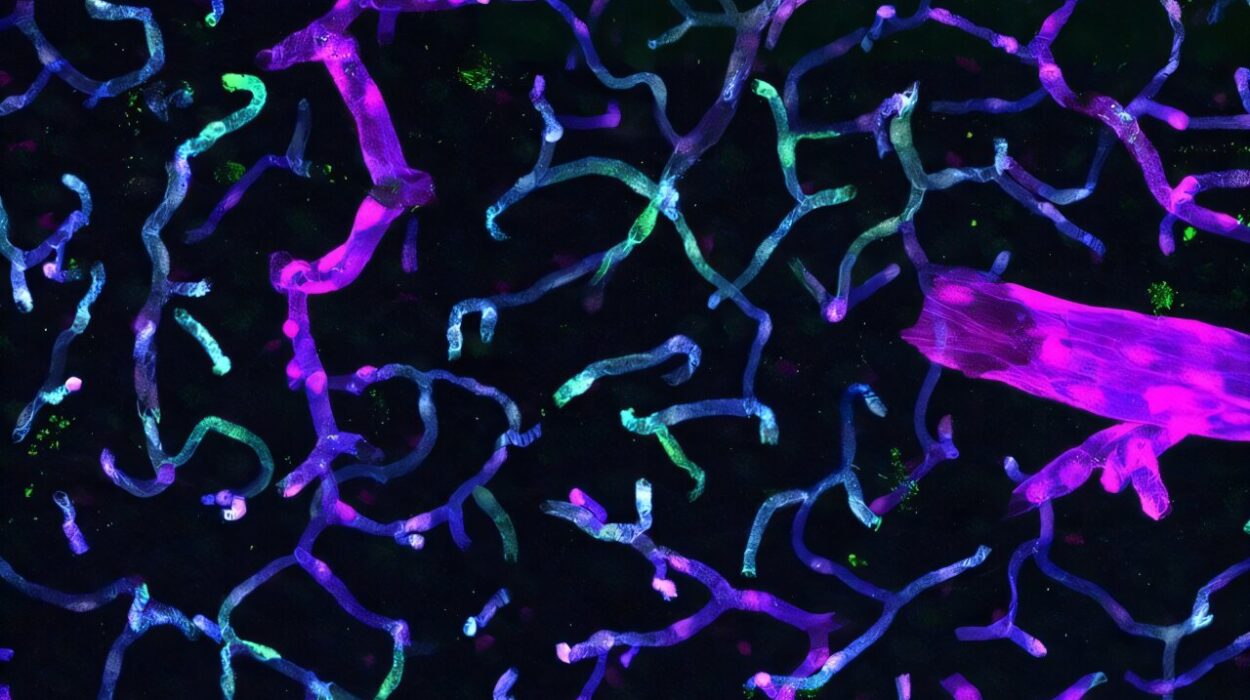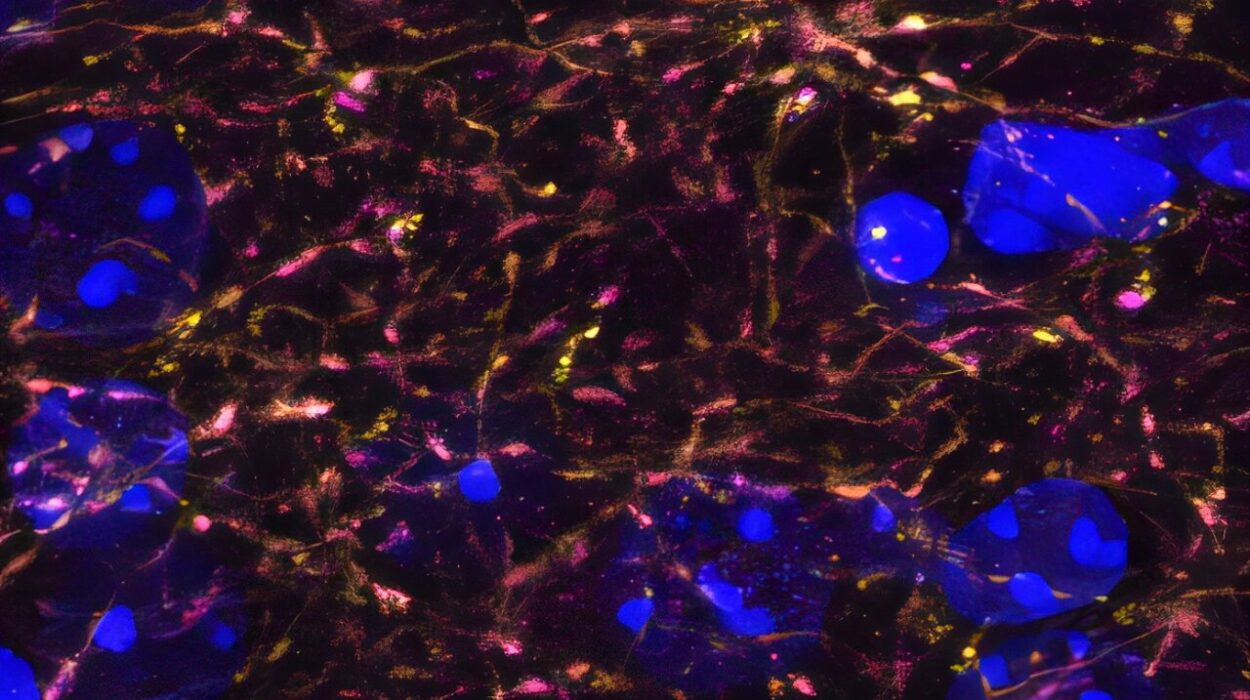Schizophrenia is a complex, often misunderstood mental disorder that has both intrigued and perplexed the scientific community for centuries. It’s not just a diagnosis; it’s an experience that disrupts the most basic aspects of perception, thought, and emotion. For those affected, the world becomes a place of fragmented reality, where what is real and what is imagined become blurred, sometimes indistinguishable.
But schizophrenia is more than just the hallucinations and delusions that are often stereotyped in popular culture. It is a multifaceted disorder with profound biological, psychological, and environmental underpinnings. To understand schizophrenia in its entirety is to journey into the very nature of the human brain, exploring how neurotransmitters, genetics, brain structures, and environmental influences converge to shape a person’s reality.
In this exploration of the science behind schizophrenia, we will uncover what occurs in the brain of someone with the disorder, the genetic factors that may predispose them to it, and the broader implications for treatment and society.
What is Schizophrenia?
Schizophrenia is a chronic, severe mental health condition that affects approximately 1% of the global population. While the symptoms can vary from person to person, they often include a combination of positive, negative, and cognitive symptoms. Positive symptoms include hallucinations, delusions, and disorganized thinking. Negative symptoms involve emotional flatness, social withdrawal, and an inability to function normally in day-to-day activities. Cognitive symptoms can affect memory, attention, and the ability to plan or organize thoughts.
Schizophrenia typically emerges in late adolescence or early adulthood, with men often showing signs earlier than women. The disorder can be highly disruptive to a person’s ability to lead a normal life, affecting relationships, education, and employment.
But beyond the external manifestations, what happens in the brain to give rise to these symptoms? And what does the science tell us about why some people are more vulnerable to schizophrenia than others?
The Neurological Basis of Schizophrenia: Brain and Chemicals
At its core, schizophrenia is a disorder of the brain. A significant body of research has demonstrated that certain areas of the brain are structurally and functionally altered in people with schizophrenia. These brain changes are believed to underlie many of the disorder’s symptoms.
Structural Abnormalities in the Brain
One of the most consistent findings in schizophrenia research is the presence of certain structural abnormalities in the brains of affected individuals. For instance, many individuals with schizophrenia have enlarged ventricles, the fluid-filled cavities in the brain. This enlargement is often accompanied by a decrease in the volume of gray matter, particularly in regions such as the frontal cortex and hippocampus.
The frontal cortex, responsible for decision-making, impulse control, and reasoning, is particularly affected. This may explain why people with schizophrenia often experience difficulties with executive functions like planning, organizing, and sustaining attention. The hippocampus, involved in memory and emotional regulation, also plays a crucial role in the disorder. A reduction in hippocampal volume has been linked to memory deficits and cognitive impairments in those with schizophrenia.
Chemical Imbalances: Dopamine and Beyond
While structural changes in the brain are important, schizophrenia is also fundamentally a disorder of brain chemistry. Neurotransmitters—chemical messengers that enable communication between nerve cells—are at the heart of this dysfunction. The most well-known neurotransmitter implicated in schizophrenia is dopamine.
The dopamine hypothesis, first proposed in the 1950s, suggests that an overactivity of dopamine in certain areas of the brain, particularly the mesolimbic pathway, contributes to the positive symptoms of schizophrenia, such as hallucinations and delusions. This hypothesis was supported by the observation that antipsychotic drugs, which block dopamine receptors, can reduce these symptoms. However, not all symptoms of schizophrenia can be explained by dopamine dysregulation alone.
The more recent research suggests that schizophrenia involves not just dopamine, but also a complex interplay of other neurotransmitters, including glutamate, serotonin, and GABA (gamma-aminobutyric acid). In particular, an imbalance in the excitatory neurotransmitter glutamate has been found to disrupt the functioning of circuits in the prefrontal cortex, contributing to cognitive symptoms like disorganized thinking and memory deficits.
Serotonin, another crucial neurotransmitter, also plays a role in schizophrenia, especially in the regulation of mood, sleep, and appetite. Alterations in serotonin levels may contribute to the negative symptoms of the disorder, such as social withdrawal and emotional blunting.
The interplay between these chemicals, particularly dopamine and glutamate, is still a subject of ongoing investigation. What is clear is that schizophrenia is not a simple disorder of one neurotransmitter, but rather a multifactorial imbalance involving multiple systems within the brain.
Genetics: The Role of Heredity in Schizophrenia
While the chemical imbalances in the brain are central to understanding schizophrenia, they do not tell the entire story. Genetics play a crucial role in determining an individual’s susceptibility to the disorder. Schizophrenia is highly heritable, with research showing that individuals with a first-degree relative (such as a parent or sibling) who has the disorder are more likely to develop it themselves.
Studies of twins have been instrumental in understanding the genetic basis of schizophrenia. If one identical twin has schizophrenia, the other twin has about a 50% chance of developing the disorder, compared to only a 10% chance for fraternal twins. This suggests that genetic factors contribute to schizophrenia risk, but environmental factors also play a significant role.
Over the last few decades, genome-wide association studies (GWAS) have identified several genetic variants associated with schizophrenia, many of which are involved in synaptic function, neuronal signaling, and immune system regulation. These findings point to a complex interplay of multiple genes, each contributing a small amount to an individual’s risk of developing the disorder.
However, genetics alone cannot explain why schizophrenia manifests in some people and not others. Environmental factors, such as prenatal exposure to infections, early childhood trauma, and substance use, can interact with genetic predispositions to increase the likelihood of developing the disorder.
Environmental Factors: Stress, Trauma, and Substance Use
While schizophrenia has a strong genetic component, environmental factors can act as triggers, bringing the disorder to the surface in individuals who are genetically predisposed. One of the most significant environmental risk factors for schizophrenia is prenatal exposure to stress or infection. Studies have shown that children born during times of famine, or to mothers who had viral infections during pregnancy, are at a higher risk of developing schizophrenia later in life. The exact mechanisms are still not fully understood, but researchers believe that maternal stress or infection could disrupt normal brain development, increasing vulnerability to schizophrenia.
Childhood trauma, especially experiences of abuse or neglect, also plays a crucial role in the development of schizophrenia. Stressful life events can trigger the onset of schizophrenia in individuals who are already genetically vulnerable. It is believed that trauma can alter the brain’s stress response systems, making individuals more susceptible to psychosis.
Substance use, particularly the use of cannabis and other drugs during adolescence, has also been linked to an increased risk of schizophrenia. Cannabis, in particular, has been shown to alter dopamine systems in the brain, and in those with a genetic predisposition, it may push the brain into a state of dysfunction that leads to the onset of psychotic symptoms.
The Neurodevelopmental Model: Schizophrenia as a Brain Disorder
Schizophrenia is increasingly understood as a neurodevelopmental disorder—one that begins early in life and develops gradually over time. Evidence suggests that abnormalities in brain structure and function are present long before the onset of the disorder. In fact, subtle changes in brain development may begin in utero or in early childhood, even before any overt symptoms appear.
The neurodevelopmental model of schizophrenia proposes that the disorder results from a combination of genetic and environmental factors that disrupt normal brain development. These disruptions may impair the formation of neural circuits involved in cognition, emotion, and perception, leading to the onset of symptoms during late adolescence or early adulthood.
This model is supported by neuroimaging studies that have shown that individuals at high risk of schizophrenia, such as those with a family history of the disorder, show subtle changes in brain structure and function even before they experience psychosis. Early intervention may be critical in reducing the severity of the disorder, highlighting the importance of identifying at-risk individuals before the onset of full-blown symptoms.
Treatment and Future Directions
Despite the significant progress made in understanding the science behind schizophrenia, effective treatment remains a challenge. Traditional antipsychotic medications primarily target the dopamine system, but they are often only partially effective and come with significant side effects. Newer antipsychotic drugs aim to address the underlying neurotransmitter imbalances more comprehensively, but much work remains to be done.
In addition to pharmacological treatments, psychological therapies, such as cognitive-behavioral therapy (CBT), can help individuals with schizophrenia manage symptoms, improve functioning, and reduce the risk of relapse. Early intervention, social support, and community-based care are also essential components of effective treatment.
Looking to the future, researchers are exploring novel treatments that target specific neurotransmitter systems, as well as genetic therapies that may one day offer a more personalized approach to treatment. Understanding the molecular mechanisms of schizophrenia, particularly the role of glutamate, may lead to new drug targets and therapeutic strategies.
The Road Ahead: Unraveling the Mysteries of the Mind
Schizophrenia remains one of the most enigmatic mental disorders, a condition that challenges both scientists and clinicians. While we have made significant strides in understanding the disorder’s biological, genetic, and environmental roots, many questions remain unanswered. How do genes and environment interact to shape the brain in such a way that schizophrenia emerges? Why do some people develop the disorder while others with similar risk factors do not? And how can we improve treatment to help those living with schizophrenia lead fulfilling lives?
The answers to these questions are not simple, but the progress made so far offers hope. As science continues to unravel the mysteries of the brain, we are one step closer to understanding schizophrenia in all its complexity—and, perhaps, one step closer to finding better ways to treat and prevent it.






